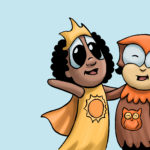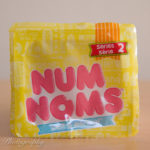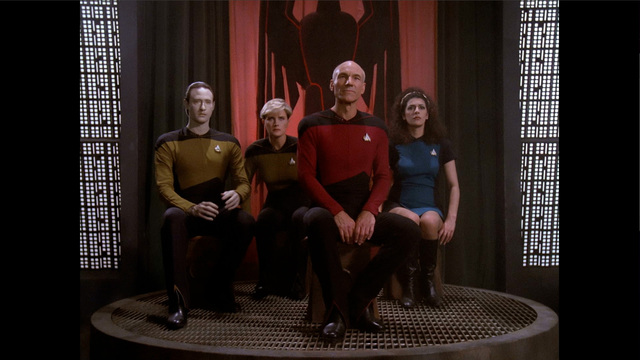
The first two seasons of Star Trek: The Next Generation are unique in tone and style in comparison to the rest of the series. For some fans, these first two seasons tread closer to camp B-movie level science fiction. For these viewers the initial seasons are uncomfortable to watch, and they extract less enjoyment from the show’s clumsy genesis. I fully agree with those that find these early years campy, goofy and sometimes wholly absurd. As the crew, still vacuumed sealed in their uniforms, struggled to find comfort within the show’s wacky early scripts, it’s easy for the audience to internalize their discomfort. How confident can anyone in the 24th century be in skin-tight everything all the time?
We as viewers now tend to appraise the series in its entirety. The polish and refined look of the later seasons when the writing, acting and production had really hit its stride can make the early seasons look entirely silly. I, however, enjoy the camp, the silly, and the laughably absurd of those early years. I propose watching those early episodes ready to laugh at the lunacy. In contrast to the later seasons, the first two years of Star Trek: The Next Generation were at least almost always fun! If the opening monologue was a mission statement about what the show intended to depict, then I intend to highlight what great goofy fun TNG’s early B-movie style had to offer.
Strange New Worlds
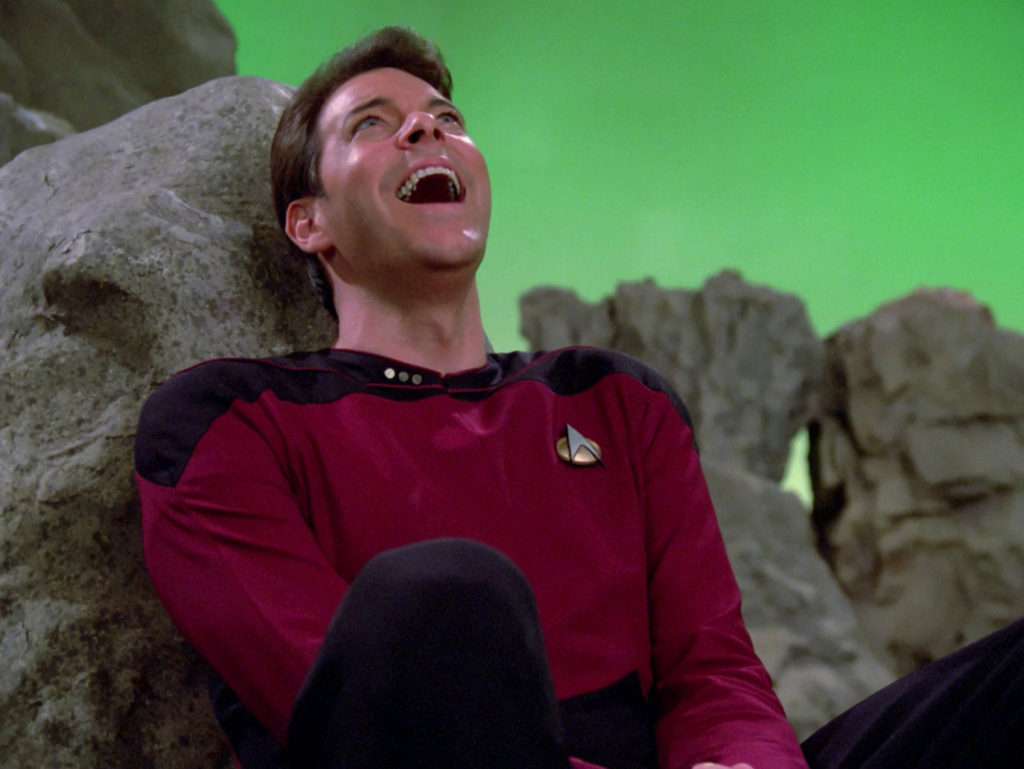
These first two seasons were always venturing to explore new and exotic sound stages, or, um, worlds, with such exotic features as green skies and large, clunky fabricated beige rocks! Set design for the alien worlds of the early seasons is perhaps one of the campiest features of TNG’s infancy. There was so much effort to depict the exoticism of what alien worlds could look like that the show essentially overcompensates by replicating the same beige rocky landscape in episodes such as Hide and Q, Skin of Evil and The Last Outpost. As a viewer during the show’s initial broadcast or even during a contemporary rewatch, you could really let your imagination soar through the cosmos and all the potentially rocky beige landscapes that await.
Then there were the efforts at depicting strange new worlds with some more familiar characteristics. The episode Justice portrays a perfectly lush green world with very Earth-like features. The twist on that planet was in it’s inhabitants, an entire race of scantily clad blonde and often poodle haired hippies, who were free with love but held some excessively restrictive rules regarding the care of plant life. This episode is panned by most, but as fodder for some MST3K commentary, it is comedic GENIUS. The familiarity of the setting could function as a counterpoint to the strangeness on some of these alien worlds.
Likewise, In the episode The Royale, the crew discovers a planet with a completely uninhabitable atmosphere, only to spot one lone building on the entire planet, sitting within a pocket of breathable air. The building turns out to be a garish Las Vegas casino, complete with patrons and staff, all playing out the plot of noir dime novel. As If this mystery wasn’t bizarre enough, one of the hotel rooms contains the skeletal remains of NASA astronaut. I won’t spoil the connection in case anyone is reading this without having seen the episode, but the setup is actually quite compelling. It’s an episode that is somewhat camouflaged within the greater campiness of these initial seasons. The setting certainly looks goofy, but the yarn that is spun out of this setting is actually well woven. Mixed within the goofiness is something quite strange, and it might be easy to dismiss upon seeing Data wear (for the first time, and definitely not the last) a cowboy hat.
The Search For New Life

The search for new life has always been a key component of the opening mantra of the original series, and TNG carried that mantle by discovering many, many, monsters. This is where the B-movie charm of these early episodes is on full display, as the show introduced some creatures that made the rubber suited lizard from the original series look downright sophisticated.
In the episode Skin of Evil, the crew encounters a sludgey monster named Armus, which would ultimately be the monster to kill off Denise Crosby’s character Tasha Yar. Crosby had asked to be relieved of her contract, and the way in which the episode plays out certainly gives some insight into how the creative team felt about the request. Yar is killed by Armus, a seven foot tall poop monster. There really isn’t a way to sugar coat it, she was killed by poop. This is a pretty inelegant send off, and must have solidified the rest of the cast in place for fear of what death could possibly be worse than the fate that befell poor, poor Tasha Yar. The story of course offered the explanation that this rancid monster was actually the congealing of all the dark, evil, unpleasant aspects of some alien race, and had thus been abandoned.The worst aspects of that unnamed alien race essentially amounted to a pile of shit, that in turn became a meta commentary by the showrunners on losing a cast member. That is campy scifi gold my friends.
The bizarre monster parade didn’t end there. If evil piles of excrement weren’t weird enough the second season upped the ante by introducing a major foe for the Enterprise crew, the Borg. Now, I realize that the Borg in later seasons and eventually in one of the films became a pretty scary menace, the equivalent of cyborg zombies. Their introduction however, was creepy on a different level. In the episode Q Who the Borg burst onto the scene a tad less refined and zombified, and more like hapless extras clad in black vacuum tubes and spraypainted black detritus, with healthy amounts of Fester Adams grey makeup. There is still a level of spooky to their appearance, if you squint hard and buy in as a viewer still high off First Contact with a healthy amount of suspended disbelief. One particular part of the Borg mythos that this episode establishes, and then quickly forgets, is what I consider to be the most terrifying aspect of the Borg: the Borg babies. The away team finds a drawer with a wriggling Borg newborn, and they temporarily marvel at the pudgy newborn with a bit of Borg prosthetics on it’s head. They then sensibly shut that drawer, and promptly forget that demonic mashup ever existed. The Borg baby is perfect example of the level of bizarre that the series seldom attained after these initial seasons, for better or worse.
Pushing The Boundaries
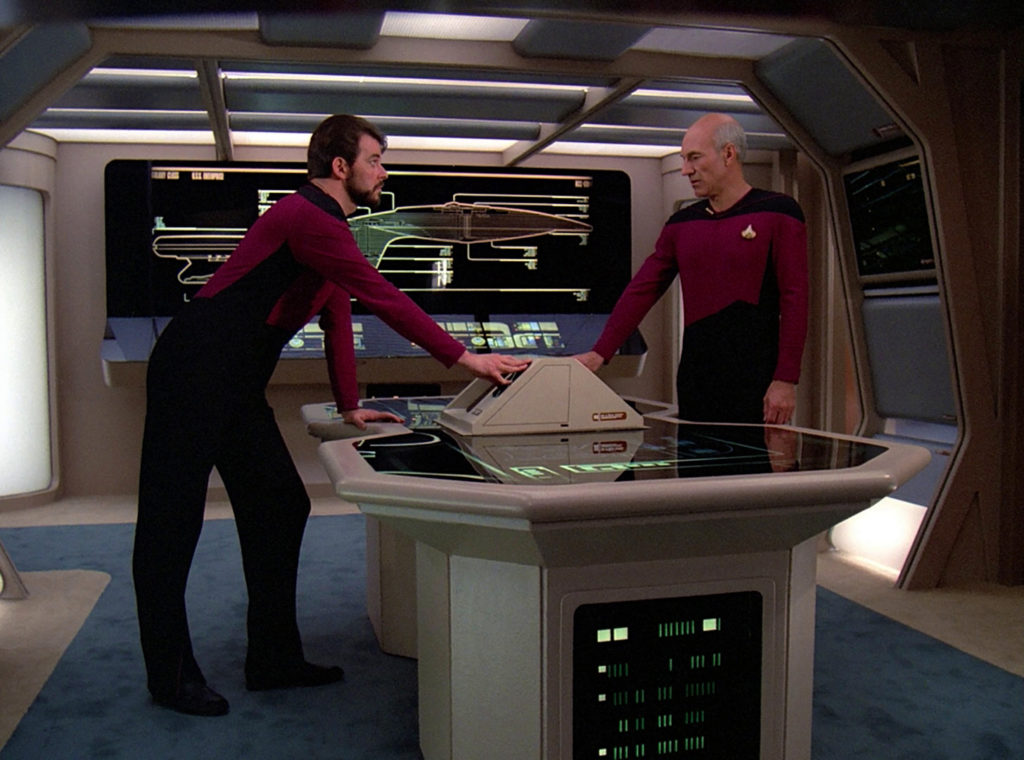
In its first two seasons, This series refused to rest on its accomplishments. Poop monsters and Borg babies may seem like extreme levels of goofy, campy, sci-fi goodness, but they pale in comparison to what is perhaps my personal favourite of all the TNG monsters. The second season episode Where Silence has Lease is a punchy little story that treads Twilight Zone territory in tone and atmosphere. The Enterprise finds itself trapped in a hole in space, where it is completely stymied by this strange void of blackness that seemingly doesn’t obey any laws of physics or logic. The ship is soon subjected to number of encounters and experiences, all seemingly meant to vex and bewilder the crew. Ghost ships appear and disappear, and the Enterprise is unable to free itself from void. The tension mounts and the viewer shares in the eerie feeling enveloping the crew.
This episode truly treats the viewer to the experience of feeling lost in a strange pocket of cosmic emptiness, and how helpless it would feel to be trapped on a spaceship in the perpetual night of space with more questions than answers. All the atmosphere and tension of this episode gives way to the great payoff that the ship is in fact being menaced by… A GIANT SPACE POSSUM.
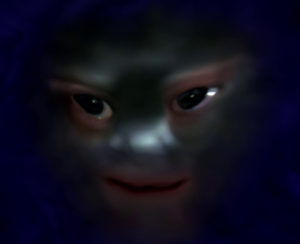
Now, I have absolutely no insight as to what the special effects and makeup crew intended with how this monster was meant to look. I am also willing to concede that coming up with new and original looks for omnipotent nemesis for the Enterprise crew to face off against must have been a tough task. That having been said, I stand by the opinion that the monster, creature, entity, or however you want to classify it, looks like some sort of space possum. As a viewer, you can either lament the letdown, or embrace the madness, and I choose to embrace the absurdity that the ship was in fact being tormented by what looked like a talking possum, in space.
And why not? If the viewer was willing to enjoy the ride for the previous thirty minutes or so of ghostly encounters and weirdness, why not buy into the notion that if there are inexplicable voids in space, there are space possums that run them. I wouldn’t trade this episode for anything, and I will always defend it. I think the buildup is tremendous, and I enjoy a payoff that is more than a little absurd, because if you can’t take a little pleasure in the absurd then why watch Star Trek in the first place?
To Boldly Have Fun
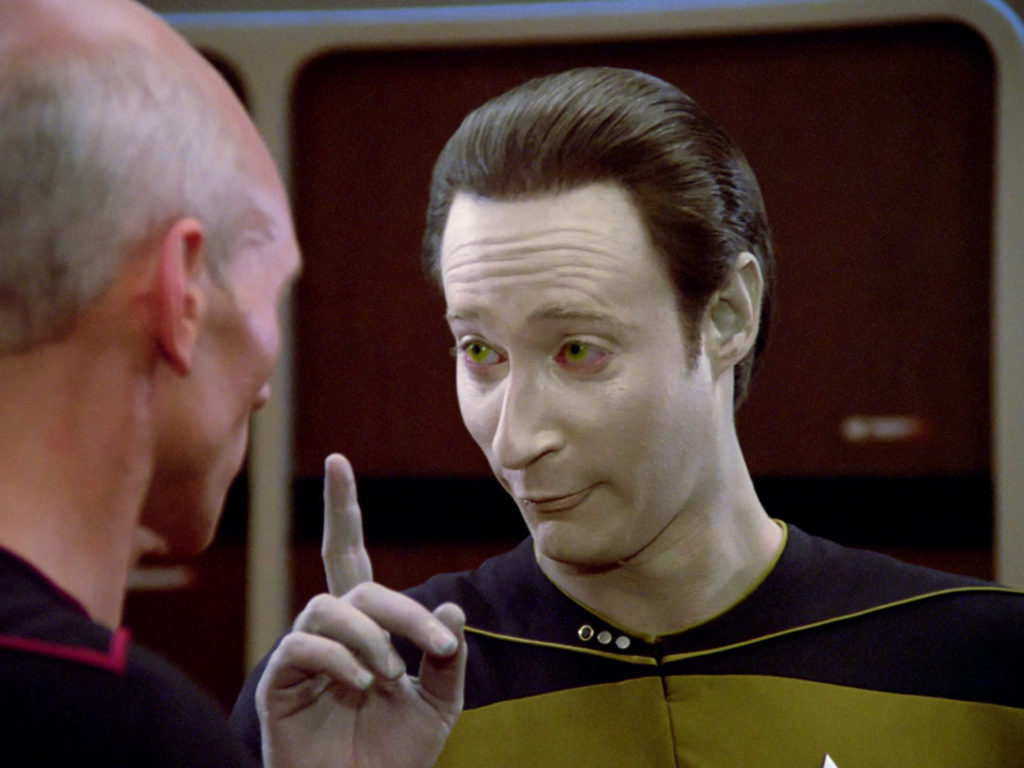
Okay, so there were strange worlds and new life, both bizarre, campy, wonderful and hilarious, but did they boldly go? Oh, they boldly went alright. In the first two season the show was constantly taking bold steps toward… well, absurdity in many cases, but entertaining absurdity no less. In just the second episode of the entire series, The Naked Now, the series took the bold step of showing the crew drunk on some form of space disease. This space disease (isn’t every term more cosmic and wonderful with “space” in front of it?) effects the crew like alcohol, and results in Data (an android) having sex with Tasha Yar (a human). It took until only the second episode before the showrunners felt it absolutely necessary to establish that the android character is indeed equipped with all of the traditional parts of male anatomy, and in case anyone was asking, yes, they work. THAT is bold.
Why establish this, you may ask? Was this written in to add complexity to Data’s search for his humanity? Was it meant to create a more sophisticated relationship between these crewmembers? Was it meant to reinforce Data’s inherent humanity in the eyes of the viewer? Maybe. Those are all valid possibilities. If I wrote that scene I myself would claim one or two of them to be true. I’d be covering for the obvious answer though, that it was first and foremost… a joke. It’s all a little preposterous and good for a chuckle, and that seems to set the tone for the first and second season. If you’re going to be bold there’s a good chance it may come off funny on screen. Tasha prowling the Enterprise for love (well, lust) and happening upon an android, then concluding that, well, he does everything else with skill and proficiency is a pretty good punchline for me.
A Necessary Step

All these alien casinos, poop monsters and space possums were legitimately campy, silly, and corny as hell, but I maintain it was all a necessary step in the show’s progression. As a viewer you can cringe at it, or reject it as it doesn’t seem like particularly sophisticated television. I maintain that it is still completely valid entertainment and a worthwhile component of the show. The visuals and story of those first two seasons may well look and feel more like a B-movie, but I choose to look at them like the awkward adolescence of Star Trek on TV. If The Original Series was Star Trek’s infancy, then the first two seasons of The Next Generation were its clumsy puberty. You can cringe if you prefer, but much like with people, that awkward stage of adolescence was fundamental to the growth and eventual maturity of the show. Rather than ignore these episodes like a bad yearbook photo, I rather enjoy and embrace them. They were awkward and weird as hell, so why not embrace them on that basis?
Long live the space possum.

